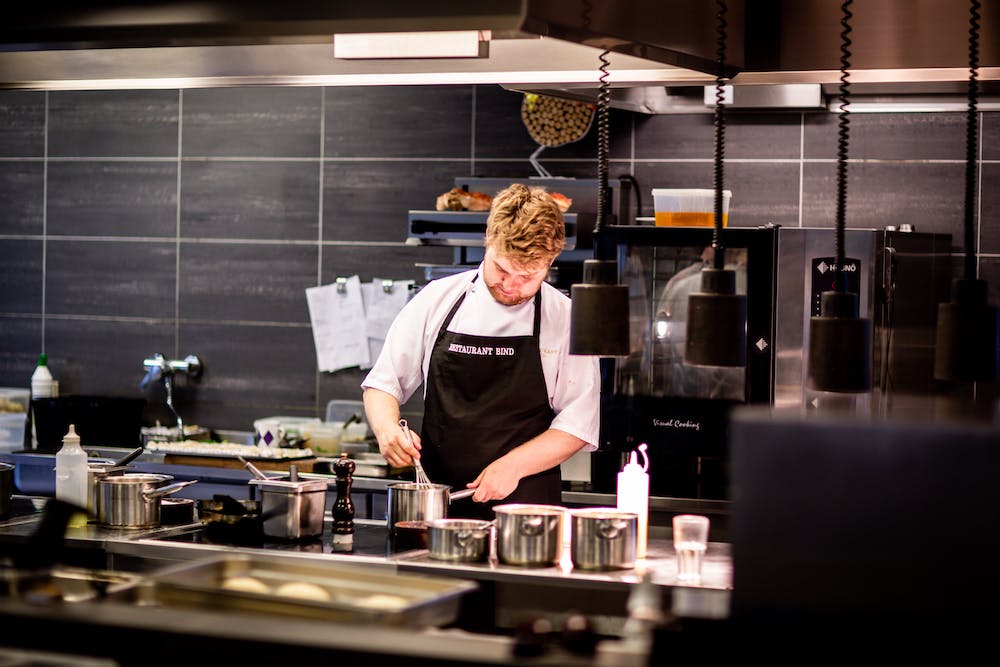
Understanding Ventilation Compliance in Commercial Kitchens
What is Ventilation Compliance?
Ventilation compliance in commercial kitchens refers to adherence to local and international regulations governing the design and operation of ventilation systems. These regulations aim to ensure a safe and healthy environment by managing the release of heat, grease, and contaminants produced during cooking processes.
Importance of Ventilation in Commercial Kitchens
Proper ventilation is not just a matter of comfort but a key element in meeting safety standards. Inadequate ventilation can lead to a buildup of heat and airborne particles, posing fire hazards and compromising air quality. To address these concerns, regulatory bodies set specific guidelines for commercial kitchen ventilation systems.
The Role of Backdraft Dampers in Ventilation Compliance
1. Preventing Unwanted Airflow
Backdraft dampers play a pivotal role in maintaining the integrity of ventilation systems by preventing unwanted airflow. These devices are designed to allow airflow in one direction while blocking it in the opposite direction. In commercial kitchens, this functionality is essential for directing cooking-related pollutants out of the kitchen and preventing outside air from entering.
2. Fire Safety Considerations
In the high-temperature environment of a commercial kitchen, fire safety is of utmost importance. Backdraft dampers act as a barrier against the spread of fire through the ventilation ducts. By automatically closing in the event of a fire, these dampers help contain the flames, limiting damage and protecting both property and lives.
3. Compliance with Industry Standards
Adhering to industry standards is non-negotiable when it comes to ventilation in commercial kitchens. Backdraft dampers, when installed and maintained correctly, contribute to compliance with local and international standards, ensuring that the kitchen operates within the prescribed safety parameters.
Key Features of Backdraft Dampers for Ventilation Compliance
1. Material and Construction
Choosing the right material for backdraft dampers is critical for longevity and performance. Stainless steel is a popular choice due to its corrosion resistance, durability, and ability to withstand high temperatures. Construction quality is equally important, as any compromise in the design can affect the damper’s functionality and, consequently, ventilation compliance.
2. Automatic Operation
To ensure seamless integration into the ventilation system, backdraft dampers are often designed for automatic operation. These dampers can sense changes in airflow direction and adjust accordingly, minimizing the need for manual intervention. This feature not only enhances convenience but also reduces the risk of human error in operation.
3. Regular Maintenance Requirements
Maintaining backdraft dampers is crucial for long-term performance and compliance. Regular inspections and cleaning prevent the accumulation of grease and debris that could impede the damper’s movement. Establishing a routine maintenance schedule is essential to identify and address issues promptly, ensuring continuous compliance with ventilation standards.
Challenges in Achieving Ventilation Compliance
1. Evolving Regulations
One of the challenges faced by commercial kitchen operators is the ever-evolving nature of ventilation regulations. Staying informed about the latest standards and ensuring that the ventilation system is updated accordingly can be a complex task. Backdraft dampers, being a fundamental component, need to align with these changes to maintain compliance.
2. Operational Impact
Installing and maintaining backdraft dampers may pose operational challenges for commercial kitchens. Temporary disruptions during installation and scheduled maintenance can impact the kitchen’s workflow. However, these inconveniences are minor compared to the potential consequences of non-compliance, such as fines, legal issues, and, most importantly, compromised safety.
Ensuring Ventilation Compliance with Lloyd Industries
The role of backdraft dampers in ensuring ventilation compliance in commercial kitchens cannot be overstated. These devices serve as guardians of safety, preventing unwanted airflow, enhancing fire safety, and contributing to compliance with industry standards. To meet the challenges posed by evolving regulations and operational impacts, it is crucial to choose high-quality backdraft dampers and establish a proactive maintenance routine.
For all your commercial kitchen ventilation needs, consider contacting Lloyd Industries. With a reputation for delivering reliable and compliant HVAC products, Lloyd Industries stands as a trusted partner in creating safe and efficient commercial kitchen environments. Ensure your kitchen’s ventilation system is up to par by reaching out to Lloyd Industries today.




